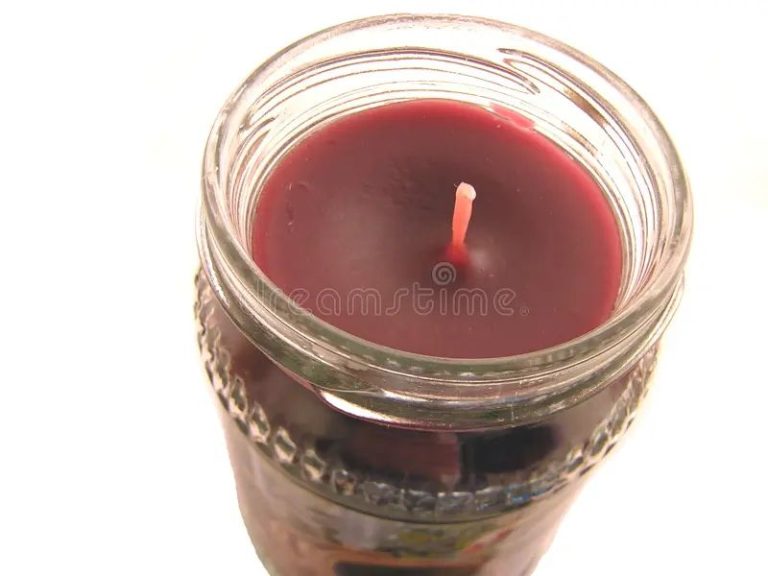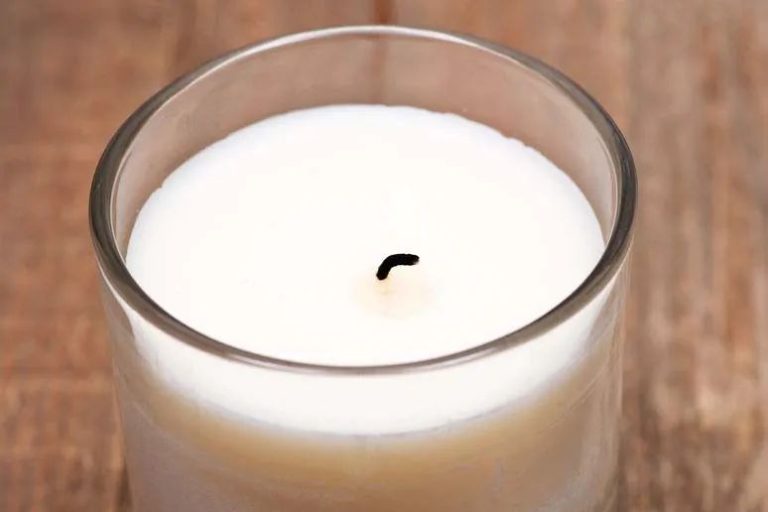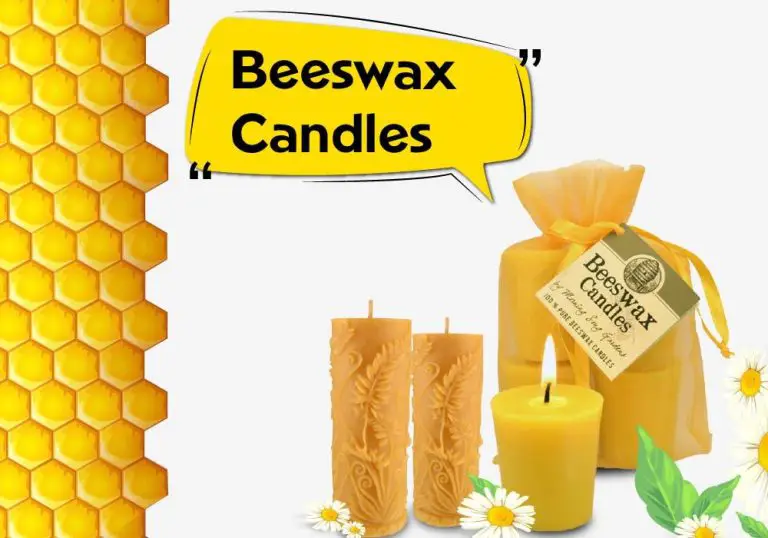What Is Wick Made Of?
A wick is a specially designed material that transports liquid via capillary action. Wicks are commonly used in candles, oil lamps, smoking pipes, and other applications where controlled burning or evaporation is desired. The key function of a wick is to deliver fuel to the flame at a steady, even rate in order to sustain combustion.
Wicks are fibrous materials that have high capillary action, meaning they can draw liquid up through microscopic spaces within the fibers via intermolecular forces. As the liquid fuel reaches the tip of the wick, it evaporates and mixes with oxygen to produce a flame. Meanwhile, fresh liquid fuel continues traveling up the wick to keep the flame burning. This capillary action is essential for applications like candles, where the wick must bring fuel from the bottom of the candle to the top surface.
Proper wick design helps control the size and shape of the flame. Wicks with larger diameters allow more fuel to travel up, producing larger flames. Wicks are often braided or woven to provide extra surface area. The material composition of the wick also affects wicking action and flame characteristics. Overall, wicks allow for the continuous, self-sustaining burning of liquid fuels.
History of Wicks
The earliest wicks date back thousands of years to ancient Egypt, Greece, and Rome. Wicks were originally made of commonly available materials like papyrus, flax, or loose fibers. They were used to draw oil or melted fat up simple wick lamps made of stone, shell, or terra cotta. As candlemaking developed in Europe during the Middle Ages, wicks continued to be handmade from cotton, flax, or rushes. Back then, candles were a luxury reserved for the wealthy and the church. Over time, candle and wick designs improved with the use of beeswax instead of tallow, and braided or plaited wicks instead of loose fibers. The 18th century brought further innovations, with sustainers keeping wicks centered, and plaited or flat wicks creating brighter, cleaner flames. The Industrial Revolution enabled mass production of candles and wicks using machinery. More recently, novel wick materials like zinc and paper have been introduced, though cotton remains the most common.
Common Wick Materials
Wicks used in everyday candles come in a variety of materials. Some of the most commonly used wick materials include cotton, paper, wood, and zinc-cored wicks.
Cotton Wicks
Cotton is one of the most traditional and commonly used wick materials. Cotton wicks are made from tightly braided or twisted strands of cotton fiber. They are inexpensive, easy to find, and work well for most basic candle making purposes. Cotton wicks burn cleanly and evenly when trimmed to the proper height.
Paper Wicks
Paper wicks are made from thin sheets of paper that have been rolled into a spiral shape. They are stiff yet flexible. Paper wicks work well for container candles like votives and jars. They provide a bright, full flame. However, paper wicks may only be used with wax blends that have a melt point below 130°F.
Wooden Wicks
Wooden wicks contain a wood core, like bamboo, surrounded by cotton fibers. As they burn, the wood crackles and emits a pleasant, natural sound. Wooden wicks are popular for soy wax candles because they burn hotter than typical wicks. The wood core leaves some ash behind.
Zinc Core Wicks
Zinc core wicks contain a zinc wire wrapped with cotton or paper. The zinc boosts rigidity and allows the wick to burn hotter and brighter while remaining upright. Zinc core wicks work well for beeswax candles because they burn at a high temperature. They also make a crackling noise as they burn. However, zinc wicks can produce more soot.
Cotton Wicks
Cotton is one of the most common materials used to make wicks. It has been used for centuries in candles and oil lamps due to its availability and useful properties as a wick material. Cotton has many advantages that make it an ideal choice:
- Cotton fibers are very absorbent, allowing the wick to draw liquid fuel up through capillary action.
- Cotton burns slowly and evenly, helping the flame stay lit.
- Cotton forms a rigid structure that keeps the wick upright as it burns.
- Cotton is inexpensive and widely available around the world.
The main downside of cotton is that it can produce more smoke and soot than some other wick materials. Proper wick sizing and trimming can help minimize excess smoke.
Cotton wicks are usually made from cotton yarn or string. The cotton is first spun into threads, which are then twisted or braided into wicking of various widths. Wicks can be left as simple cotton strings, or embedded with harder materials like paper or zinc to create a reinforced core for structure. The qualities of the finished wick depend on factors like the type of cotton used and thickness of the strands.
Cotton wicks are easy to manufacture at industrial scales. High volume wick producers use specialized machines to spin cotton into yarn and simultaneously twist it into wick of consistent size. Small scale operations can also handcraft wicks from cotton yarn purchased off the shelf.
Paper Wicks
Paper wicks are made from a variety of paper source materials including cotton, wood pulp, bamboo and other natural fibers. They are generally an inexpensive wick option, though they do have some drawbacks compared to other materials.
The paper is processed into long strands or braids, then twisted or braided together to form the wick. Paper wicks come in different thicknesses depending on the intended use. Thicker wicks are better for larger candles or for containers with wide mouths. Thinner wicks are used for containers with narrow openings.
Some pros of paper wicks:
- Inexpensive material keeps costs low
- Made from renewable resources like bamboo or wood pulp
- Can be produced in long lengths easily
Some cons of paper wicks:
- Not as sturdy or high-temperature resistant as some wick materials
- May burn faster than cotton or zinc-core wicks
- Ash residue may discolor wax as it burns
With proper wick sizing and wax formulations, the disadvantages of paper wicks can be minimized. Overall they provide a cost-effective wick material for many candle applications.
Wooden Wicks
Wooden wicks are a popular type of wick made from natural wood fibers pressed into a cord shape. The most common woods used are basswood, birch, and beech. Wooden wicks have several advantages over other wick materials:
- They burn hotter and brighter, which helps fully melt wax and prevents tunneling.
- They crackle as they burn, providing a pleasant audible and visual effect.
- They are made of sustainable materials and are biodegradable.
The manufacturing process for wooden wicks involves taking natural wood fibers and pressing them together with adhesive binders to form a stiff cord shape. The density and thickness of the wick can be adjusted to optimize burn time and brightness. Most wooden wicks have zinc or paper cores to help maintain their shape and deliver wax to the burning tip.
While wooden wicks burn nicely, they do require more maintenance than other wicks. The wood fibers can accumulate soot and need to be trimmed periodically to sustain an even flame. There is also a small risk of sparks with wooden wicks, so candle placement should be considered. Overall, wooden wicks are an excellent choice when a bright, crackling flame is desired.
Zinc Core Wicks
Zinc core wicks are a popular type of candle wick that consist of a zinc metal core wrapped in a cotton or paper covering. The zinc core helps the wick stand upright and provides structural stability as the candle burns. Some key benefits of zinc core wicks include:
– They don’t bend or fall over easily, keeping the flame upright even as the candle burns down. The rigid zinc core provides consistent structure.
– The metallic core conducts heat well and melts the wax above it efficiently. This helps the candle burn evenly down the full length of the wick.
– Zinc core wicks tend to create a brighter, bolder flame compared to plain cotton or paper wicks. The core helps disperse heat and fuel the flame.
– They are very durable and long-lasting wicks, capable of burning for many hours without mushrooming or charring.
Some potential downsides are that zinc core wicks may produce more soot than plain wicks. The metal core can also conduct heat down into the wax pool and cause hot spots if not properly wicked. Proper wicking is important to prevent tunneling.
Zinc core wicks are manufactured by companies that specialize in candle making supplies. The process involves forming the zinc wire into a core shape, then wrapping it with thin layers of cotton or paper wicking material. Wicks can be produced in different diameters and widths to suit different candle types and melt pool sizes. They are commonly available with zinc gauges between 15mm and 44mm.
Other Novel Wick Materials
In recent years, candlemakers have experimented with unique and novel materials for wicks beyond traditional options:
-
Bamboo wicks are made from bamboo fibers. They have excellent capillary action to absorb and disperse wax. Bamboo wicks are rigid, sustainable, and burn evenly without releasing smoke or odor.
-
Beeswax coated wicks have a thin beeswax coating that makes them burn brighter and prevent clogging. The natural beeswax also allows for a cleaner, soot-free burn.
-
Wood pulp wicks are made from compressed wood pulp fibers. They are inexpensive but burn fast and hot.
-
Paper wicks utilize thick paper tightly rolled into a wick shape. They tend to be inexpensive but have a shorter life span.
-
Rope wicks are made from natural fiber ropes like jute or hemp. They have a rustic appeal but may require more trimming than standard wicks.
Candlemakers should test these unique wick materials to ensure proper melt pool size, burn time, and minimal sooting.
Choosing the Right Wick
Picking the optimal wick is crucial for getting the best performance out of your candle. There are several factors to consider when selecting a wick:
Wax Type
The type of wax you are using determines the appropriate wick size. Harder waxes like soy and beeswax require larger wick diameters to allow the melted wax to travel up the wick. Softer paraffin waxes can use smaller wick sizes. The wax melting point is also a factor. Higher melt point waxes need bigger wicks.
Candle Size
Bigger candles need wider wick sizes to promote an even burn across the large wax pool. Small candles can get by with thinner wicks. The diameter of the container also determines ideal wick size.
Additives
Extra additives like fragrance oils and dye will alter the wax properties and burning characteristics. Heavily saturated candles may require wick upsizing for improved performance.
Wick Structure
Core and braided wicks allow more flexibility in wick sizing for different wax types. Flat or square wicks can help anchor the wick in the wax pool. Using the optimal wick structure for the wax and candle design is key.
Testing different wick types during the research and development process is recommended to find the best option for each candle formulation and design.
Conclusion
In conclusion, wicks are made from a variety of materials, each with their own properties and best uses. Cotton, paper, wood, and zinc core are some of the most common wick materials, but innovative wick designs are also being developed using novel materials. The material a wick is constructed from impacts how the wick transports fuel, its burning characteristics, longevity, and overall performance. Carefully selecting the right wick material for the specific candle design and intended use is crucial. Understanding wick composition allows candle makers to optimize their products.
The key points on wick materials are that cotton wicks are versatile and common, paper wicks promote a brighter flame, wooden wicks create a pleasant crackling sound, zinc core wicks resist mushrooming, and new specialty wick materials are emerging. Wick material directly impacts many factors in a candle’s performance. By selecting the optimal wick composition, candle makers can create products that burn cleanly, evenly, and safely while delivering an enjoyable candle experience.






